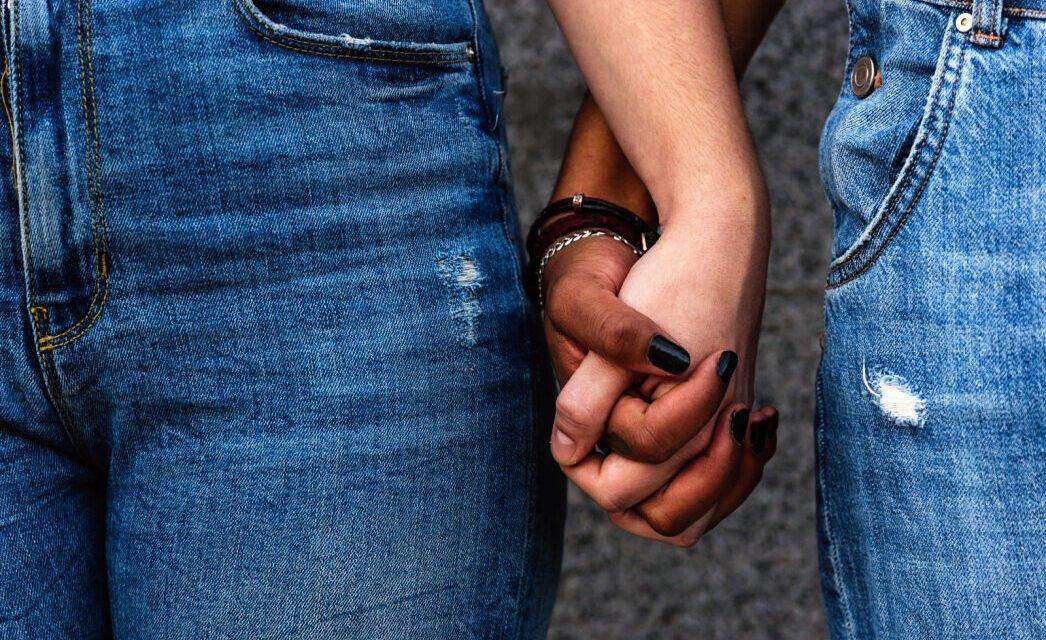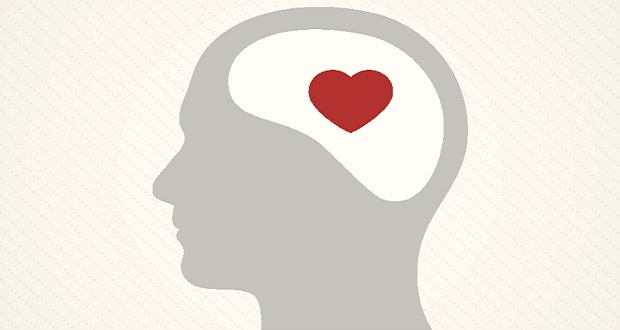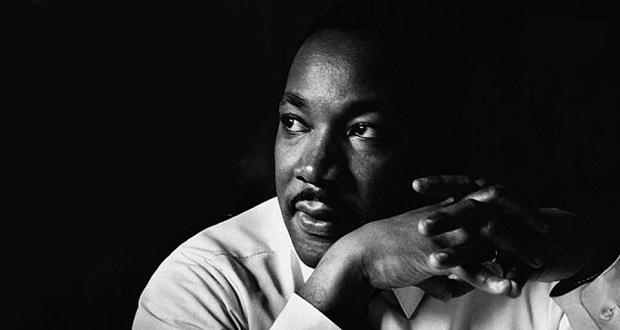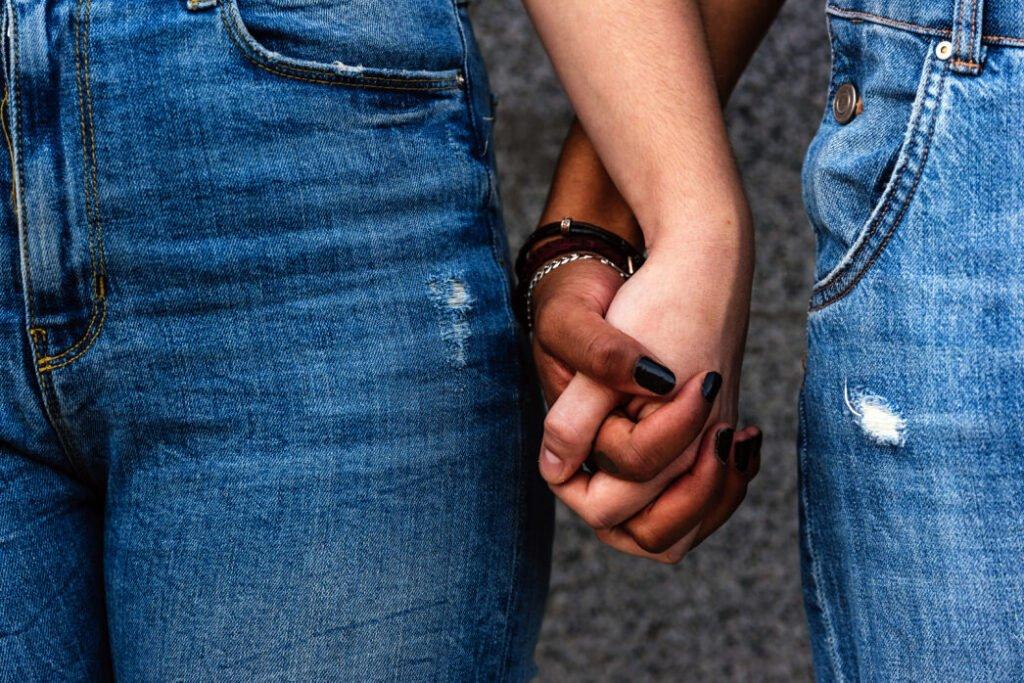
I am proud, especially as a biracial woman, to celebrate Loving Day and honor Richard and Mildred Loving, who stood up to the law to legalize interracial marriage in the United States. They were true pioneers for love in a country where police officers once felt authorized to drag people out of bed with flashlights and handcuffs to prevent interracial families.
On June 12th, 1967, the Supreme Court unanimously struck down laws against miscegenation, legalizing interracial marriage through the Loving v. Virginia decision. This day is worth celebrating because it marks a significant victory over white supremacy and the fear of mixing bloodlines.
Why do I celebrate? Because I understand firsthand the unique challenges interracial families face. I recently talked to my brother and reflected on our family history, which includes both slave masters and slaves, KKK members, and civil rights marchers. This contrast in our lineage could not stop the love that my parents had for each other. To be a rebel for love is truly inspirational.
Interracial couples often fight prejudice and racist societal views, as well as family expectations. They encounter judgmental looks, microaggressions from strangers, and ignorant comments questioning their choice to love beyond racial differences. Love goes beyond and is felt deeper.
Interracial couples also face exclusion and pressure to choose between cultural expectations. Raising children in such families involves unique challenges, particularly regarding identity and cultural heritage. Common lack of exposure to interracial relationships perpetuates harmful misconceptions, such as the idea that marrying outside one’s race is a betrayal of one’s roots. These misconceptions highlight the need for greater acceptance of all interracial relationships. Let’s celebrate love.
Ways to Celebrate Loving Day:
• Community Events: Attend a festival or event that celebrates Loving Day in your city or town.
• Education: Watch documentaries like Loving (2016) and The Loving Story (2011) that depict Richard and Mildred Loving’s fight for justice.
• Discussion Groups: Discuss the impact and significance of Loving v. Virginia on civil rights.
• Advocacy: Support and donate to organizations fighting racial injustice. Join initiatives like The Winters Group’s 2025 Justice for All Summit
• Raise Awareness: Share the significance of Loving Day on social media with personal stories and facts about the event.
• Journal or Write Poetry: See below for an example!
Blended Color of Love
By Nicole Miller
Our love transcends beyond any blank canvas
To mix the colors of care and create a portrait of our own
Our paint brushes and heartbeats are identical to a blended affection.
Although eyes pierce our cognition as we paint together, we retreat to the winds
To fly on clouds uplifted in a peace of knowing the compassion goes beyond a limited art view
Will we return?
Only to celebrate a mosaic love in open gallery
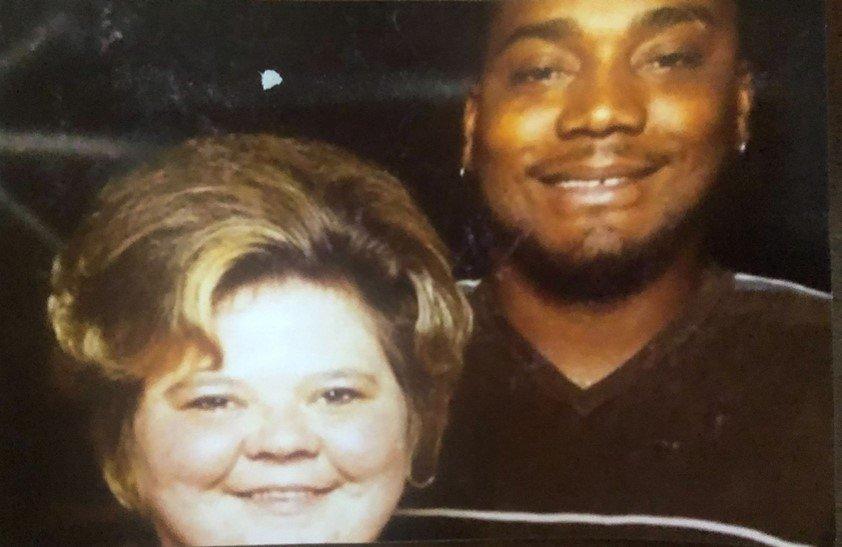
The author’s mother, Jeri L. Collins, and stepfather, James Dodson Jr.
Let’s continue to celebrate and honor the courage of love.

